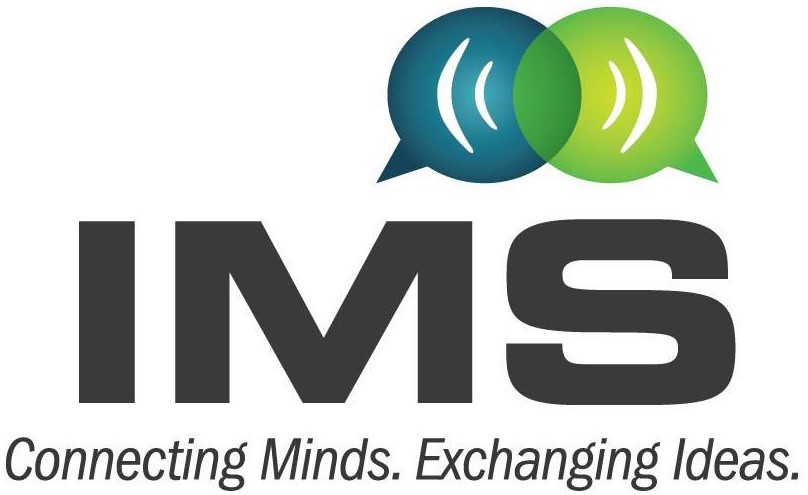Systems & Applications
-
This session highlights innovations and techniques in integrated mm-wave and sub-THz hardware for advanced radar and sensing applications.
This session discusses practical realizations of state-of-the-art microwave photonics systems and integrated circuits. The session begins with a multi-static, multi-band photonics MIMO radar. An ultra-low phase noise opto-electronic frequency synthesizer is covered next followed by a multi-channel microwave photonic transmitter for RoF applications. The session is concluded with two papers discussing integrated photonic circuits.
In this session, various novel Wireless Power Transfer (WPT) systems for smart cities and biomedical applications will be highlighted, with an emphasis on energy efficiency, beam-steering, and miniaturized design. Featured contributions include innovations such as broad-beam equiconvex lens-integrated mm-wave harvester for 5G-powered environments, time-multiplexed beam-steering antenna array for programmable RF powering of CMOS brain implants, and supply voltage modulation method to address efficiency degradation. Additional advances include flexible rectennas for ambient RF energy harvesting in IoT applications and single-ended capacitive WPT circuit for artificial retina systems. Collectively, these breakthroughs pave the way for sustainable and efficient WPT solutions across diverse applications.
-
This session presents recent developments in mm-wave wireless systems for sensing and communication. Advanced techniques for MIMO radar, three-dimensional radar imaging, radar networks, and joint sensing and communication are presented through six detailed presentations.
This session discusses photonically enabled THz sources, detectors, novel integration techniques as well as systems for applications ranging from communication to sensing.
This session delves into cutting-edge innovations in RF rectifier design, showcasing advances that push the boundaries of efficiency, dynamic range, and compact integration for Wireless Power Transfer (WPT) systems. Presentations will explore novel techniques such as impedance splitting, compression networks, harmonic suppression, and resonance enhancements to achieve superior RF-to-DC conversion efficiencies. Join us to explore how these developments enable scalable, high-performance WPT solutions for emerging applications.
-
This scientific session will delve into cutting-edge technologies and methodologies in biomedical applications, focusing on devices and systems for medical imaging and diagnostics. Key topics will include the latest advances in magnetic resonance imaging, which enhance imaging resolution and improve patient experience; dielectric spectroscopy for non-invasive tissue characterization; advanced thermometry techniques that enable precise temperature monitoring in therapeutic environments; and the development of resonant microwave biosensors for rapid and sensitive biomolecular detection. We will explore innovative concepts that bridge engineering and medicine, fostering interdisciplinary collaboration aimed at improving patient outcomes and advancing healthcare technologies.
This session presents five cutting-edge papers showcasing recent advances in sub-THz and mm-wave phased array systems. The first paper introduces a 150GHz AiP phased array module, highlighting its innovative design and performance. The second paper explores a 28GHz monolithic heterogeneous integrated GaN and Si beamformer, emphasizing its integration. The third paper discusses a 4x4 Butler matrix-based switched beamformer, detailing its architecture and application. The fourth paper presents a novel body proximity detection technique utilizing reflections from a mm-wave phased array, demonstrating its potential in various applications. The final paper describes linearization techniques for a dual-band near-field probing approach, showcasing significant improvements in performance.
This session explores the integration of wireless sensors, RF selective surfaces, and innovative power harvesting techniques in the design of energy-efficient microwave and RF sensors.
-
Biomedical radar technology has the potential to transform patient monitoring and search and rescue applications. This session explores the state-of-the-art advances in high precision single and multiple subject detection and monitoring.
This session explores advanced antenna and surface technologies addressing key challenges in next-generation wireless communication, including energy efficiency, adaptability, and sensing-communication integration. The session includes a first paper for shape estimation and beam correction in flexible phased arrays, followed by a dual-polarized true-time-delay-based Reconfigurable Intelligent surface (RIS), chirp-based beamwidth control in RIS for mm-wave systems, and a multi-feed active antenna module achieving reconfigurable polarization. Additional presentations feature a 2-bit RIS enabling polarization-based sensing and communication, a liquid crystal-based RIS with energy-efficient bias pulse technology. Together, these innovations demonstrate transformative potential in reconfigurable systems for future wireless networks.
This session showcases cutting-edge innovations in satellite communication and remote sensing technologies, highlighting advances in antennas, phased arrays, and transceivers.
-
This session highlights the next generation front-end components and architectures. It includes Wi-Fi 7 as well as phased array applications.
-
This session focuses on the design, implementation, and calibration of advanced silicon-based beamforming ICs in SiGe and CMOS. These components and subsystems apply to a range of communication solutions covering from 16GHz to 39GHz for phased array applications including 5G.
-
This session will highlight advanced mm-wave transceivers for next generation radar and communication applications. It includes recent advances in monolithic devices such as CMOS and GaN technologies. Additionally, system-on-chip and package-level innovations are discussed for heterogeneous-integrated electronics.
-
The session covers multi-Gbps transmitter and receiver building blocks and systems for photonics, wireline, and wireless applications. The session starts with a fully integrated silicon photonic transmitter, followed by an IQ modulator for coherent optical systems. The remaining papers are two sampling front-ends, a wireline transmitter, and a D-band phase shifter for phased array antennas.

